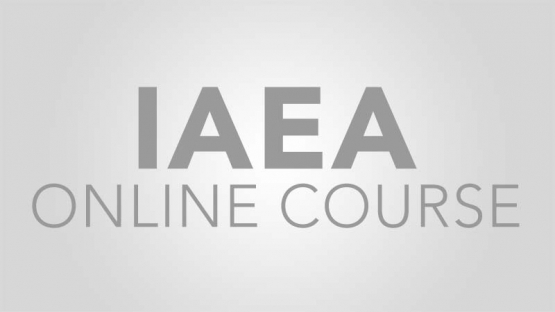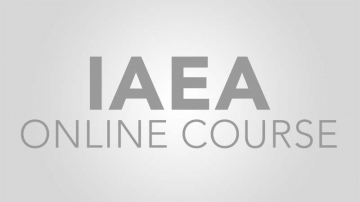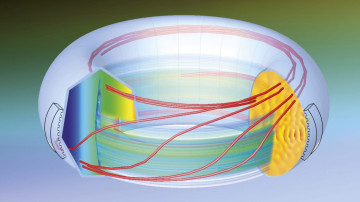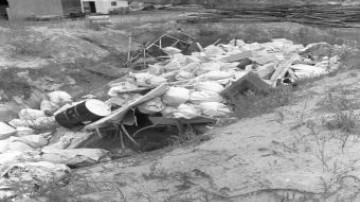IAEA Nuclear Security Series Implementing Guide (NSS 21) on Nuclear Security Systems and Measures for the Detection of Nuclear and Other Radioactive Material out of Regulatory Control (MORC) was published in 2013. This guidance recommend criminal or unauthorized acts involving MORC may be detected by technical and/or by other means of? detection.?Usually, passive and active detection technologies are being used, but both have fundamentally different approaches. Passive detection instruments directly measure normal emissions of radiation from nuclear or other radioactive material, while active detection systems aim to detect nuclear or other radioactive material indirectly by detecting something else that may indicate the its presence. Compared to active detection instruments, passive detection instruments are generally less expensive, and present no additional hazard to personnel. Owing to their comparatively low costs and distinct capability, passive handheld detection instruments are common tools for the detection of MORC. Passive handheld detection instruments are available in several types to meet a wide array of operational needs. The purpose of the Webinar is to raise awareness with the type of passive handheld detection instruments that may be used in the detection of MORC.
Webinar 1: Overview of operation and maintenance of handheld equipment used in nuclear security detection architecture
How to enroll
CLP4NET course enrolment requires a valid NUCLEUS account. The NUCLEUS Web Single Sign-on system allows registered and authorized users to securely access a variety information resources with a single username and password.
To register a new NUCLEUS account, click here.
Please visit our help pages for information on how to register, sign-in or for other useful information.














